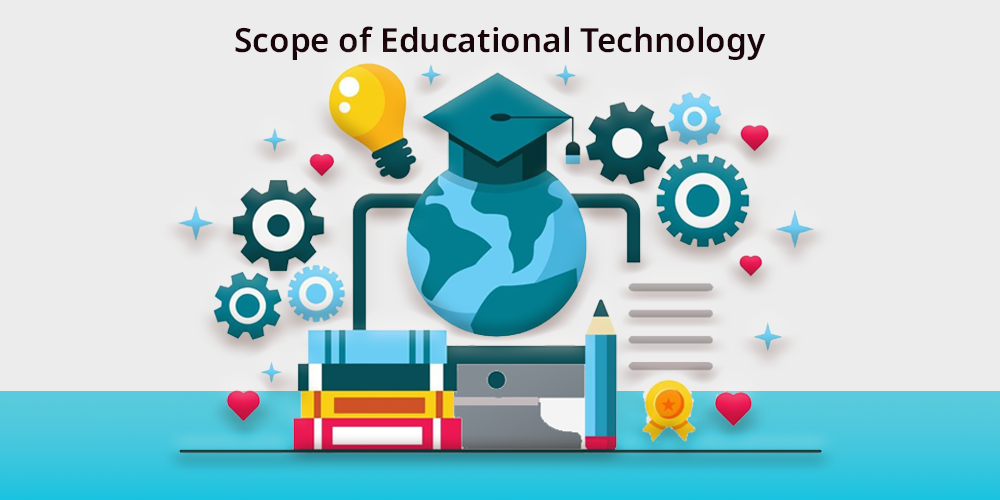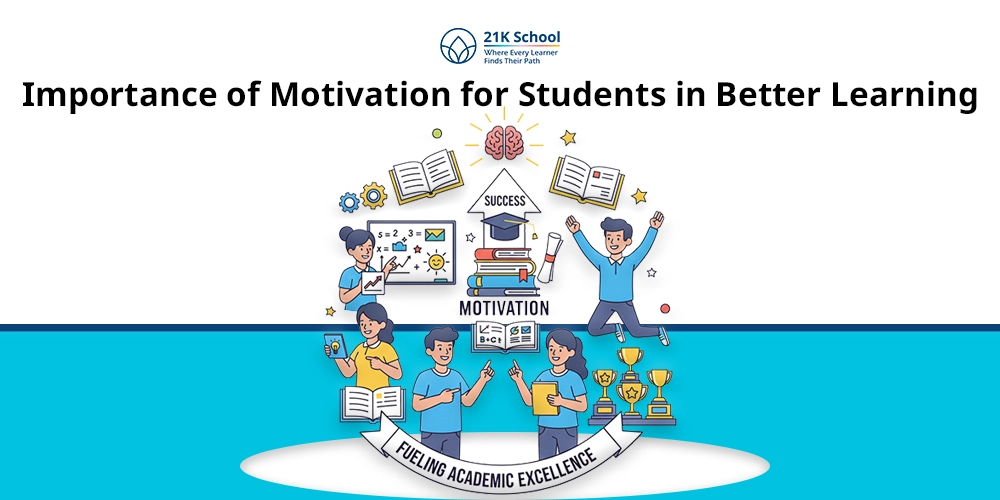
Today technology plays a very crucial role in every sector, one of them being the education .
Technology has brought about a significant change in how facilitators teach and learners learn in the classroom. This combination is also known as Educational Technology .
It not only improves the learning and at the same time makes education more open and convenient.
In this blog, we intend to explore all around the wide realm of educational technology, components, and how it has transformed today’s educational landscape.
Learn about importance of technology in education .
Contents
Scope of Educational Technology

Educational Technology is the application of technology tools, software, and systems in the area of learning, training and educational management.
It is extensive, opportunity in the domain of instructional design, teaching technology and training psychology.
First, it provides for the flexibility and inclusivity of education; it entails things such as digital classrooms and online learning platform .
1. Educational Technology

Educational technology is the use of the technological tools and resources that are used to increase teaching and learning process.
Also Read: Contribution of technology in education .
However, this includes computer, the internet, software applications and multimedia platforms that make learning more interactive and accessible.
It goes beyond digital devices and includes the strategies and methods of providing content efficiently.
As an example, educational technology is online courses, virtual classrooms, and learning management systems (LMSs).
It helps make education more personalized , flexible, and efficient.
2. Teaching Technology

Teaching technology refers to the tools and strategies educators use to deliver lessons effectively.
It is like using an interactive whiteboard and tablets, or using any other tools you would have used in class while including the traditional tools, like projectors and blackboards.
Strategies such as flipped classrooms , blended learning , gamification, and other teaching technology are also part of the process of teaching technology.
Teachers can use technology to make interactive lessons, to monitor how the students are progressing, and to give immediate feedback.
Not only does this improve student engagement , but it allows teachers to plan their teaching in ways that take into account students’ preferences for different learning styles.
3. Behavioural Technology

The behavioral technology in education is a usage of psychological principles to shape and improve the education behaviors.
However, it covers how students react to different teaching methods and how technology can be applied to reinforce a positive learning habit.
Behavioral technology is used for example, to incentivize learners by providing an app for tasks that rewards students for completing their studies consistently.
Progress trackers, quizzes, and feedback systems help students to become more motivated, engaged as it shapes their learning behaviours.
This approach is rooted in behaviorist theories, particularly positive reinforcement.
4. Instructional Technology

Instructional Technology involves the use of technology systematically in all facets of the instructional process, that is, the design, implementation and evaluation of course or lesson content.
It includes the use of simulation tools, creation of e learning courses and using multimedia resources to enrich the lesson content. Instructional technology seeks to increase instructional efficiency and effectiveness.
Here is a blog to understand the benefits of technology in education .
5. Instructional Design

Instructional Design is the systematic and efficient creation of educational programs and materials.
This is an approach where one can define learning objectives, have an instructional model, and find the delivery of this content in appropriate technologies.
Different models such as ADDIE (Analysis, Design, Development, Implementation, Evaluation) are used by instructional designers to create structured and effective learning experiences.
6. Training Psychology

Psychology of Training relates to the process of studying how people learn and using that knowledge to enhance different training methods.
It involves studying cognitive processes, motivation, and learning style to make the most effective programmes of training.
This serves the purpose of designing educational content that caters to the different needs of the learners and better retain and apply knowledge.
7. Cybernetic Psychology

The study of systems, for which we have the human learning system as a prime example, that can be controlled and adjusted through feedback, known as Cybernetic Psychology.
In education, the term describes using data and feedback to modify teaching methods and materials.
Cybernetic principles support adaptive learning systems and AI-driven educational tools that use feedback to tailor instruction.
Explore advantages and disadvantages of technology in education .
Conclusion
Educational technology is a rapidly evolving field with a wide scope..
It merges diverse areas such as teaching technology, instructional design, and psychology in the production of effective and compelling learning environments.
However, as technology escalates, Its applications in education are becoming increasingly accessible, personalized, and efficient.
Incorporating these technologies can yield great gains in the quality of education and the level of preparedness of students for the future
Read on to learn more about the digital technology in education and its impact in learning .


